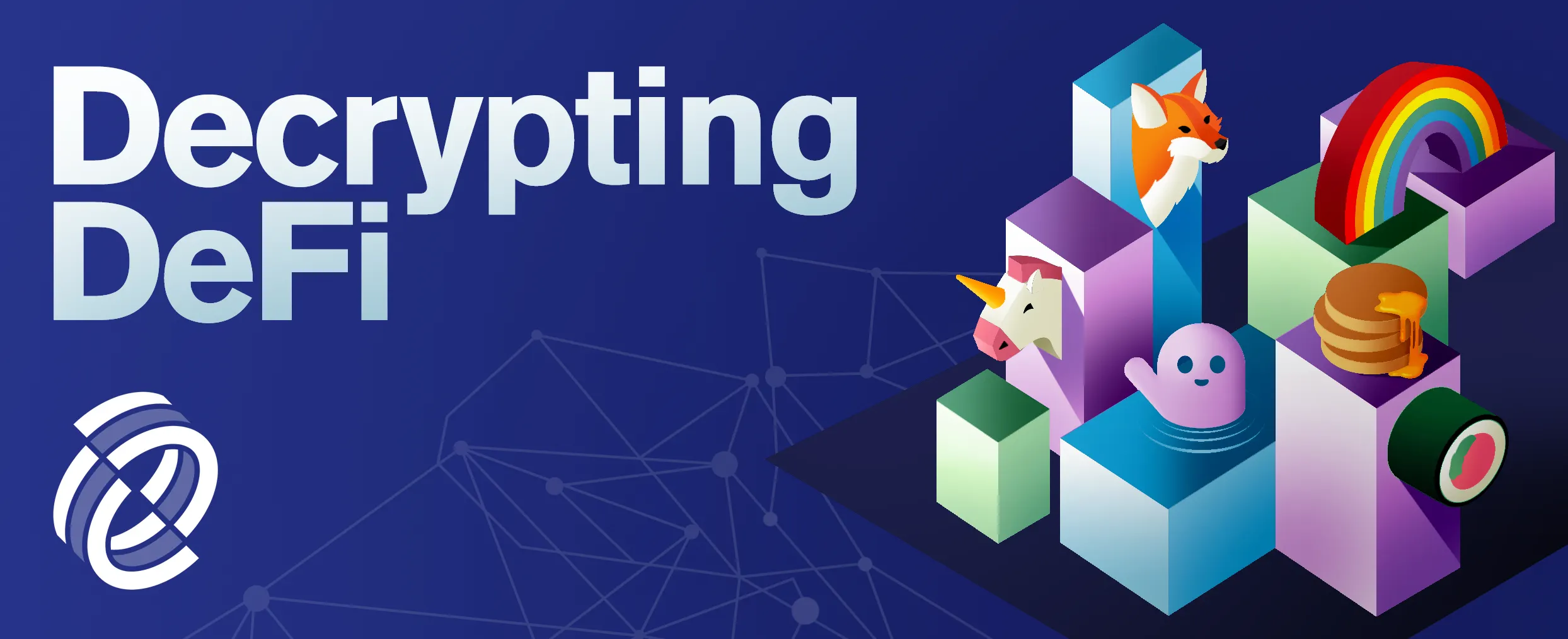
Though inflation finally appears to be on its way down, interest rates are still soaring.
This is painful for several reasons, but for crypto bros, it basically means risk-on assets like Bitcoin and Dogecoin aren’t as attractive as, say, conservative bonds issued by the U.S. government.
But it’s not a total wash.
In fact, the DeFi sector–specifically stablecoin providers–is finding unique moves to make the most of the current high-interest rate environment.
Yes, folks, it's the return of the interest-bearing stablecoin. This time, though, things are looking a whole lot different than Terra’s Anchor protocol.
From Maker’s DAI to Frax Finance’s sFRAX, the arena is getting crowded with different flavors of this new variety of stablecoin.
sDAI (the name of the interest-bearing version of the stablecoin) and sFRAX both generate their yield from T-Bills and other real-world asset investments, which are things like corporate debt.
And with that “safe” yield of as much as 5% on those idle U.S. dollars, investors are pouring in.
Spark Protocol, the project that’s powering Maker’s sDAI push, just announced that the token had hit 1 billion in total circulation.
It’s not just the dollar coins either; euro-pegged stablecoins like those from Angle Protocol are also getting in on the action. Angle’s agEUR is raking in a 4% yield from its bag of real-world assets.
Still suspicious of anything yield-related in crypto?
Pablo Veyrat, the co-founder of Angle, told Decrypt, “You should be worried about outrageous yields if you don't understand where the yield comes from. A stablecoin is a Ponzi if it relies on endogenous collateral assets.”
In the case of agEUR, it’s generating its yield from a tokenized representation of a European government bond. In other words: It’s just boring government debt.
And while some other stablecoins are generating that yield via staked ETH, Veyrat says he’s not a fan.
“I don't like mechanisms with yield on staked ETH because there is barely a creation of value there,” he told Decrypt. “And it often comes up to dumping the stETH yield to acquire another USD-denominated asset with it.”
Still alternative designs–specifically those that don’t rely on interest rates–may enjoy an uptick once the Fed starts lowering rates.
“Currently, interest-bearing stablecoins like sDAI, whose yield comes mainly from US Treasuries, will drop in parallel,” 21.co analyst Tom Wan told Decrypt. “However, others like eUSD, USDe, whose yield comes from stETH, or other ETH LSTs will be able to sustain the level of interest provided to the users.”
Until then, though, this product is currently enjoying quite the high from one of the most powerful central banks in the world.
The irony of this entire niche, of course, is that the industry now appears to be profiting from centralized governments and their financial policieas, a dynamic from which Bitcoin fans sought separation.
This also makes many of these stablecoins vulnerable to any changes in monetary regimes.
“When stablecoin issuers begin offering interest, they become reliant on the interest rate market for the currency that the stablecoin is pegged to,” co-founder and CTO of Monerium Gísli Kristjánsson told Decrypt. “The most influential factor in this market is the interest rate on overnight deposits at the Central bank.”
And though Kristjánsson does suggest that there is clearly more risk inherent compared to more vanilla, non-yield-generating varieties of stablecoin, he is nonetheless aware of their “advantages.”
“One of the key advantages is the transparency of these protocols' assets and liabilities, which can be audited,” he said. “Since the data exists on the blockchain in a standardized format, tools can be developed to monitor the protocol's health in real time. This represents a significant improvement over traditional banks' quarterly financial reports.”
And this is the key takeaway.
Instead of a complete rejection of traditional finance, crypto is emerging as a rather dynamic new tool for how to make money better and more transparent no matter the market environment.
It’s far from conclusive, of course. But it’s certainly progress.
Decrypting DeFi is our DeFi newsletter, led by this essay. Subscribers to our emails get to read the essay before it goes on the site. Subscribe here.

